If you are looking for a smaller and lighter camera system for food photography, you might want to consider APS-C and micro four-thirds cameras.
These cameras have smaller sensors than full-frame cameras, which means they have a crop factor that affects the field of view and depth of field of your lenses.
However, they also offer some advantages, such as lower cost, more lens options, and more depth of field at the same aperture.
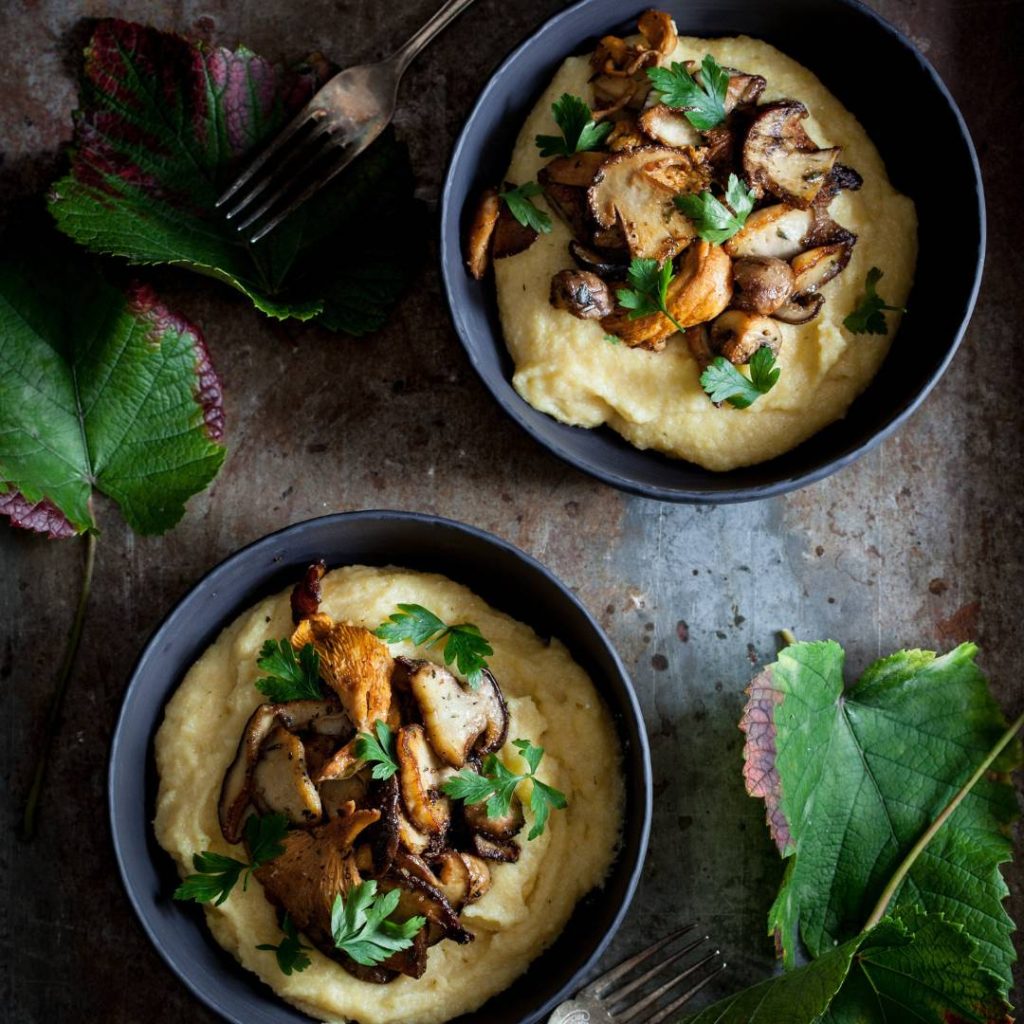
Here are some of the best APS-C and micro four-thirds cameras for food photography in 2023 and why:
Fujifilm X-H2
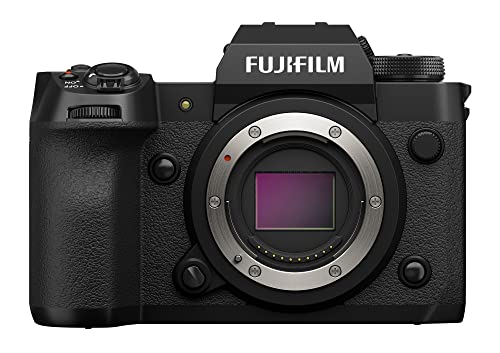
The Fujifilm X-H2 is a flagship APS-C mirrorless camera that offers stunning resolution, speed, and versatility for food photography.
It has a 40 MP sensor that delivers incredible details, dynamic range, and low-light performance.
It also has an impressive autofocus system that uses 425 phase-detection points and covers 100% of the frame.
It can shoot up to 15 fps with mechanical shutter or 30 fps with electronic shutter.
Some of the pros of this camera are:
- It has a high-resolution electronic viewfinder that provides a clear and realistic view.
- It has a vari-angle touchscreen that allows you to shoot from different angles and perspectives.
- It has a built-in image stabilization system that offers up to 6 stops of shake compensation.
- It can record 8K video at 30p or 4K video at 60p with 10-bit color depth and 4:2:2 chroma subsampling.
- It has dual card slots that support both SD UHS-II cards and CFexpress Type B cards for fast and secure storage.
Some of the cons of this camera are:
- It does not have a focus shift feature for focus stacking.
- It is relatively large and heavy compared to other APS-C cameras.
Sony A6600
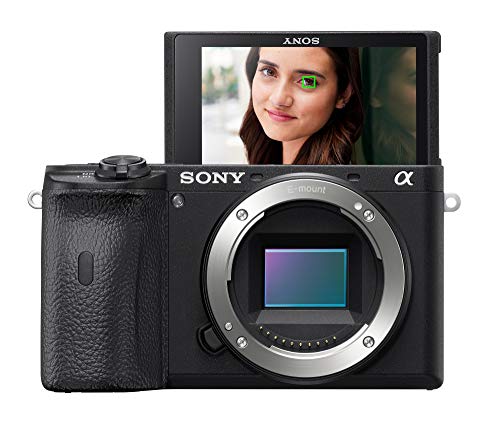
The Sony A6600 is another great option for an APS-C mirrorless camera for food photography.
It has a 24.2 MP sensor that delivers superb image quality, especially at high ISO settings.
It also has an impressive autofocus system that uses 425 phase-detection points and covers 84% of the frame. I
t can shoot up to 11 fps with continuous AF/AE tracking.
Some of the pros of this camera are:
- It has a high-resolution electronic viewfinder that provides a clear and lag-free view.
- It has a tilting touchscreen that allows you to touch and drag to focus or change settings.
- It has a built-in image stabilization system that offers up to 5 stops of shake reduction.
- It can record 4K video at 30p or Full HD video at 120p with S-Log3 and HLG profiles for better color grading.
- It has a long battery life that can last up to 810 shots per charge.
Some of the cons of this camera are:
- It does not have a vari-angle touchscreen that allows for more flexible shooting angles.
- It does not have dual card slots or CFexpress support.



Konnichiwa! (Hello!) I'm Pat Tokuyama, a Japanese tofu cookbook author, who travels for music, food, and adventure. If you like Japanese tea, checkout some of the newestorganic japanese tea, matcha bowls and noren and more!
** Curious about the Plant Based Japanese Cooking Club? ** Learn more here!
Olympus OM-D E-M5 Mark III

The Olympus OM-D E-M5 Mark III is a micro-four-thirds mirrorless camera that offers great portability, features, and value for food photography.
It has a 20.4 MP sensor that delivers high-quality images with rich colors and details.
It also has a fast and reliable autofocus system that uses 121 cross-type phase-detection points.
It can shoot up to 10 fps with continuous AF/AE tracking.
Some of the pros of this camera are:
- It has a compact and lightweight design that makes it easy to carry around.
- It has a tilting touchscreen that allows you to touch and drag to focus or change settings.
- It has a built-in image stabilization system that offers up to 6.5 stops of shake reduction.
- It has an in-camera focus stacking feature that combines eight images into one with an extended depth of field.
- It has a weather-sealed body that can resist dust, splash, and freeze.
Some of the cons of this camera are:
- It has a smaller sensor than APS-C cameras, which means less dynamic range and low-light performance.
- It does not have dual card slots or CFexpress support.
Conclusion
These are some of the best APS-C and micro four-thirds cameras for food photography in 2023 and why.
They all have pros and cons, but they all deliver amazing results for food photography.
Depending on your budget, preferences, and needs, you can choose the one that suits you best. Bon appétit!


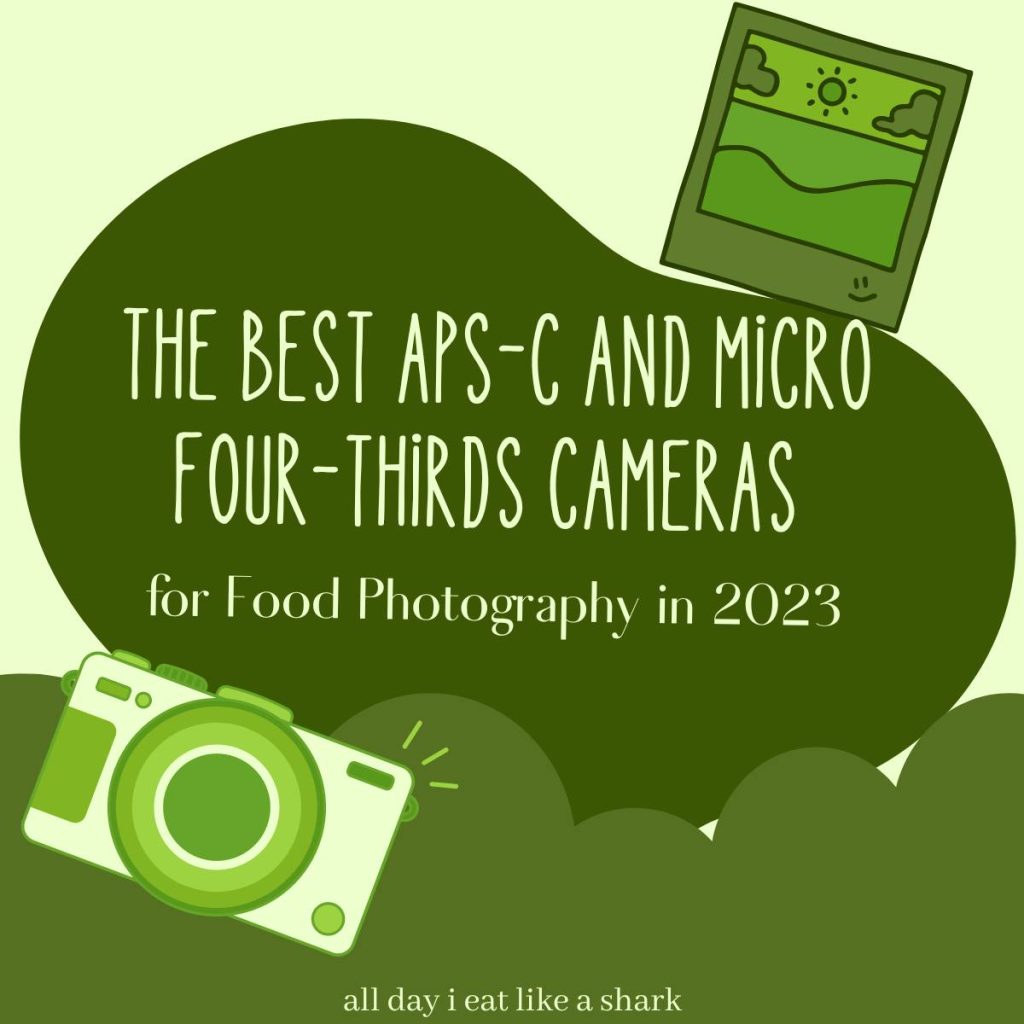

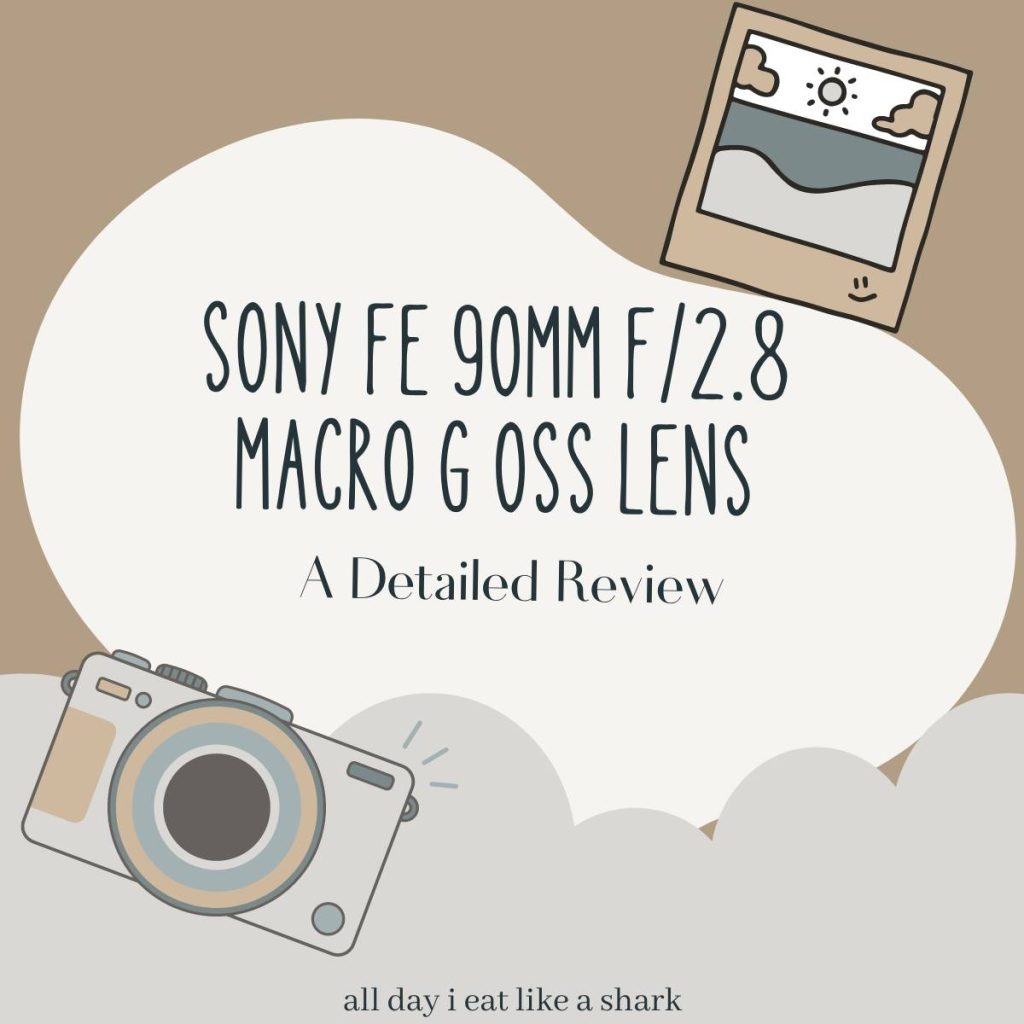
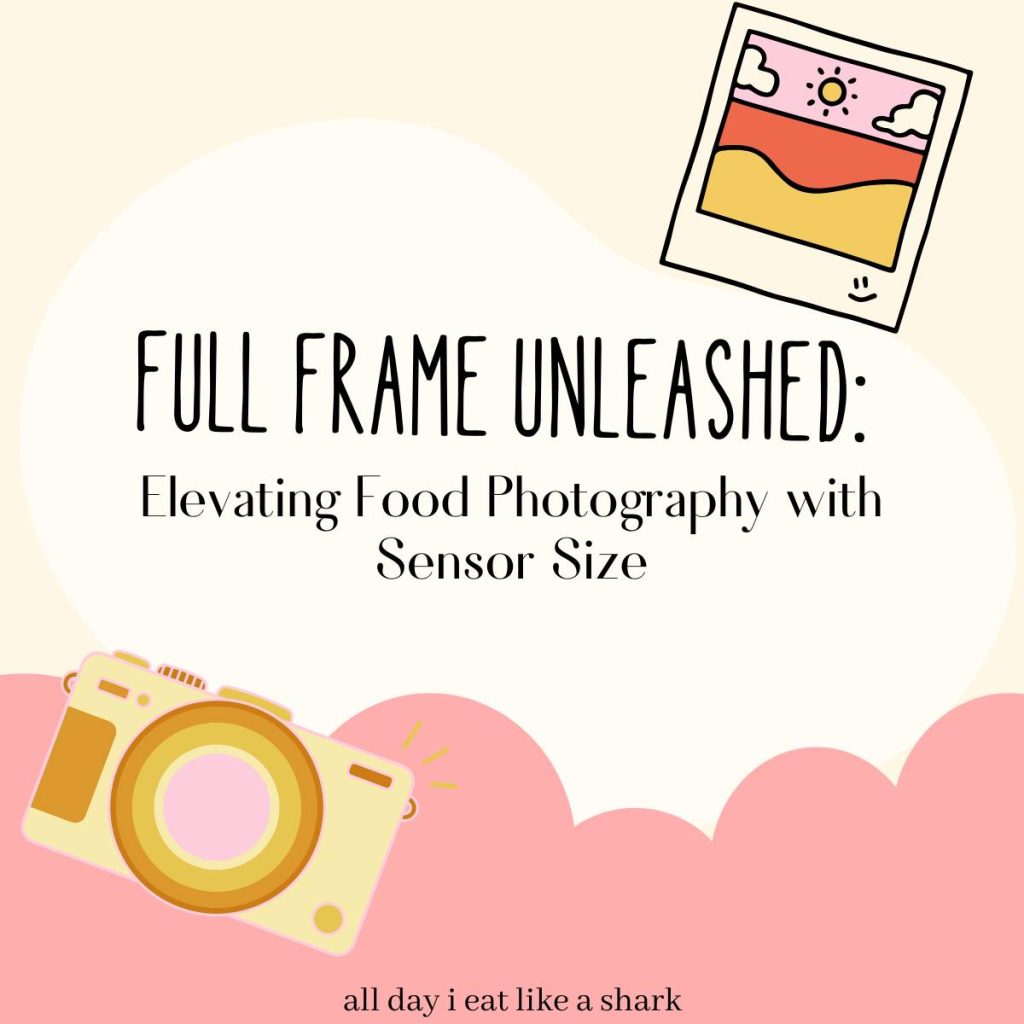
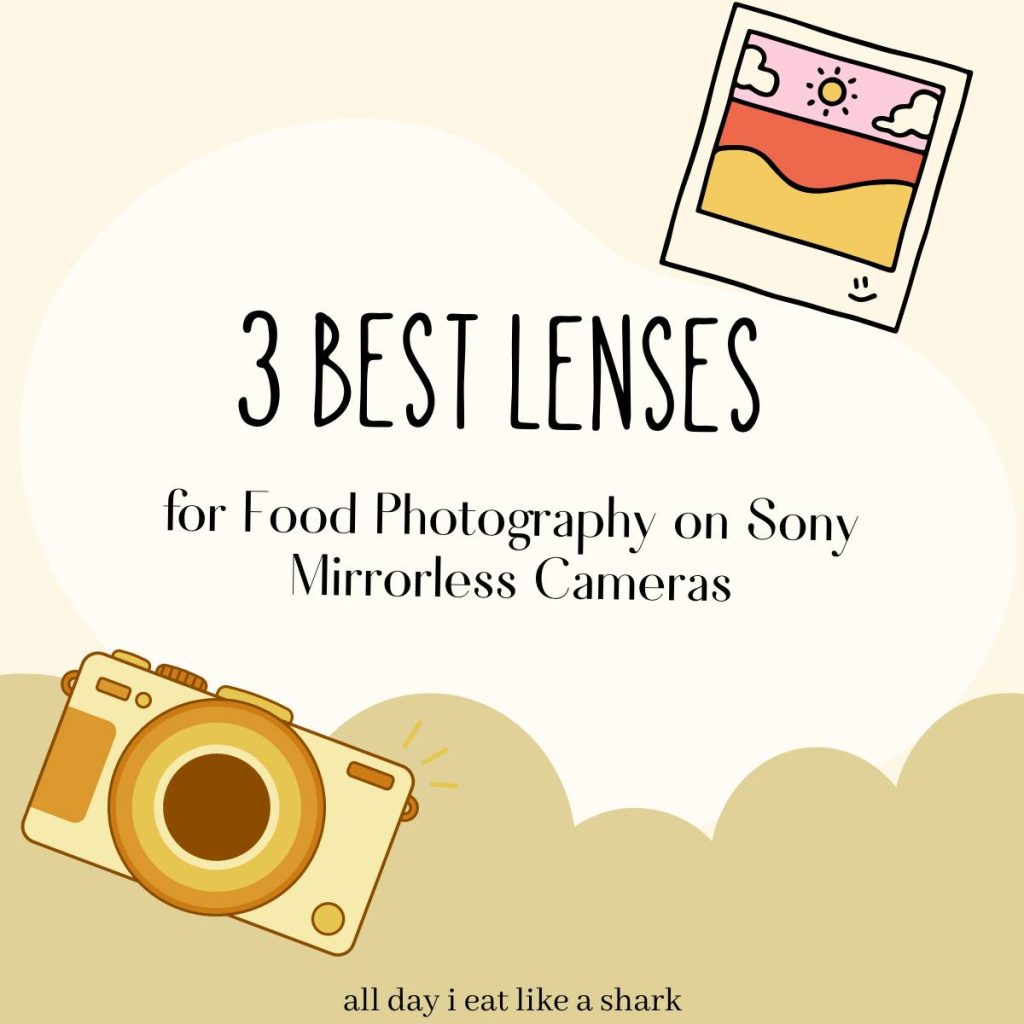
Konnichiwa! (Hello!) I'm Pat Tokuyama, a Japanese tofu cookbook author, who travels for music, food, and adventure. If you like Japanese tea, checkout some of the newestorganic japanese tea, matcha bowls and noren and more!
** Curious about the Plant Based Japanese Cooking Club? ** Learn more here!